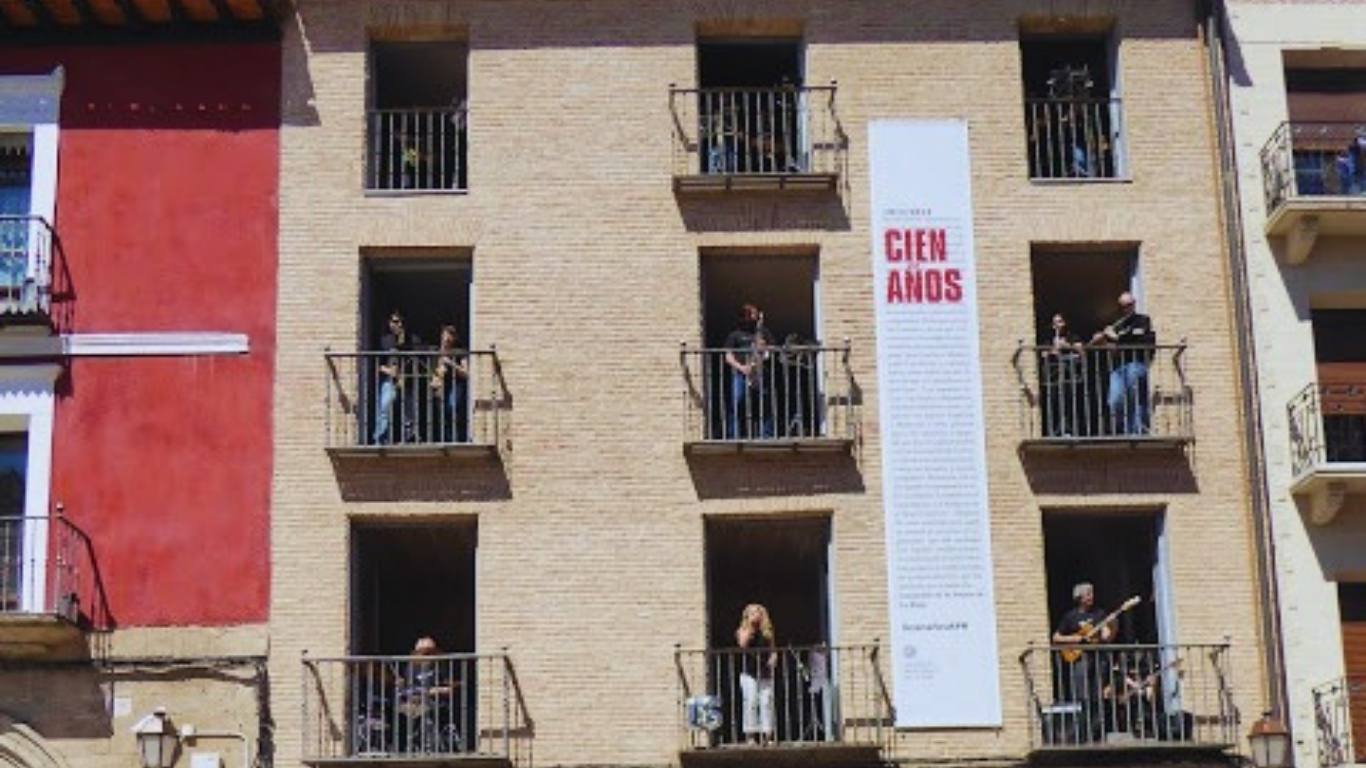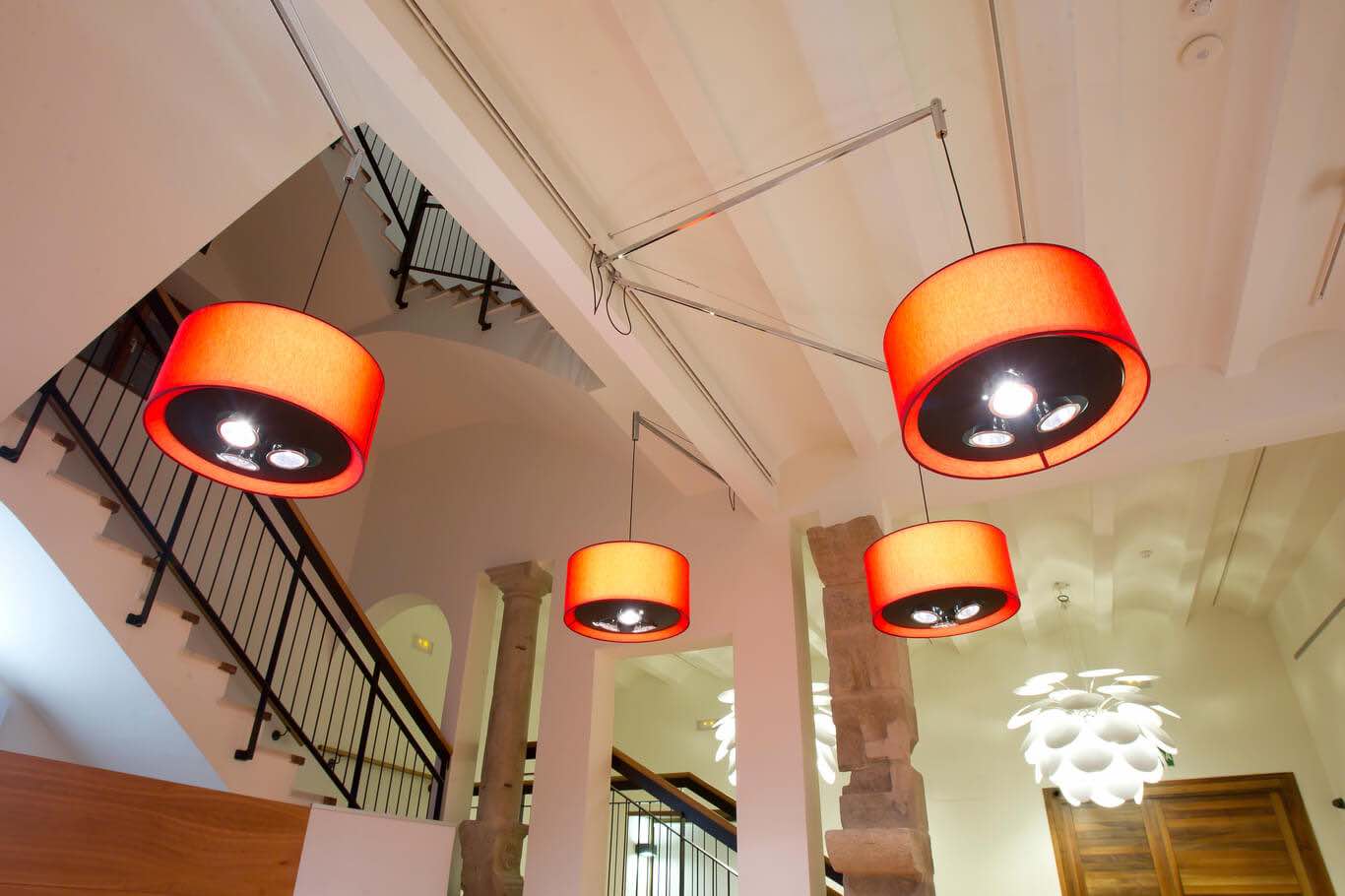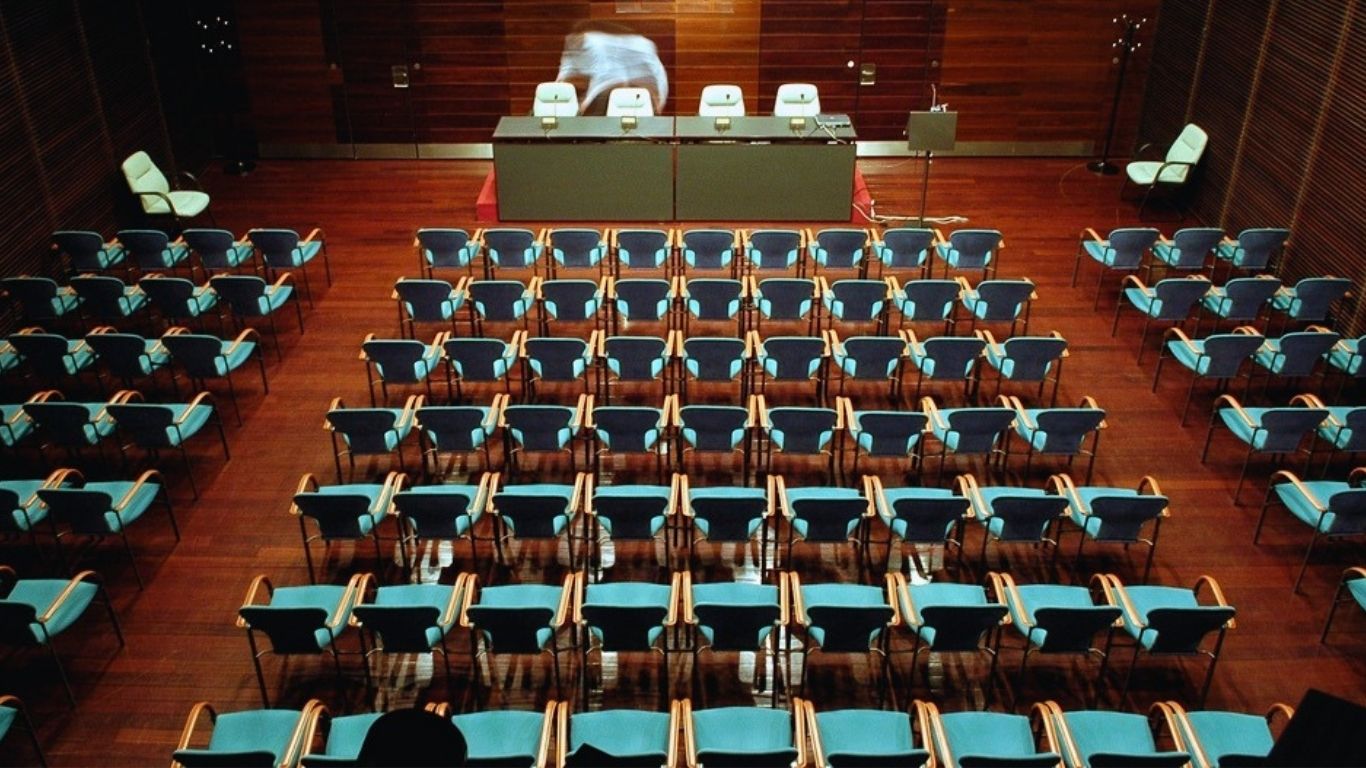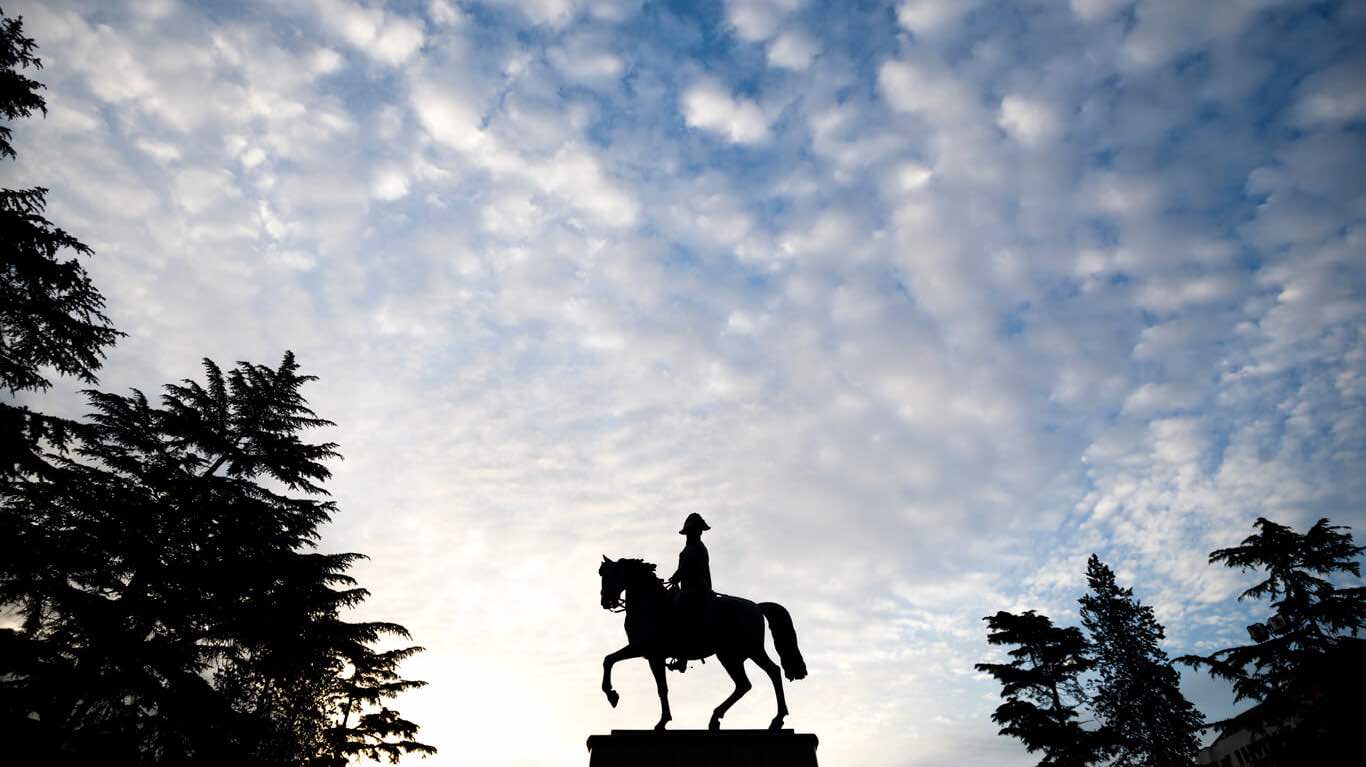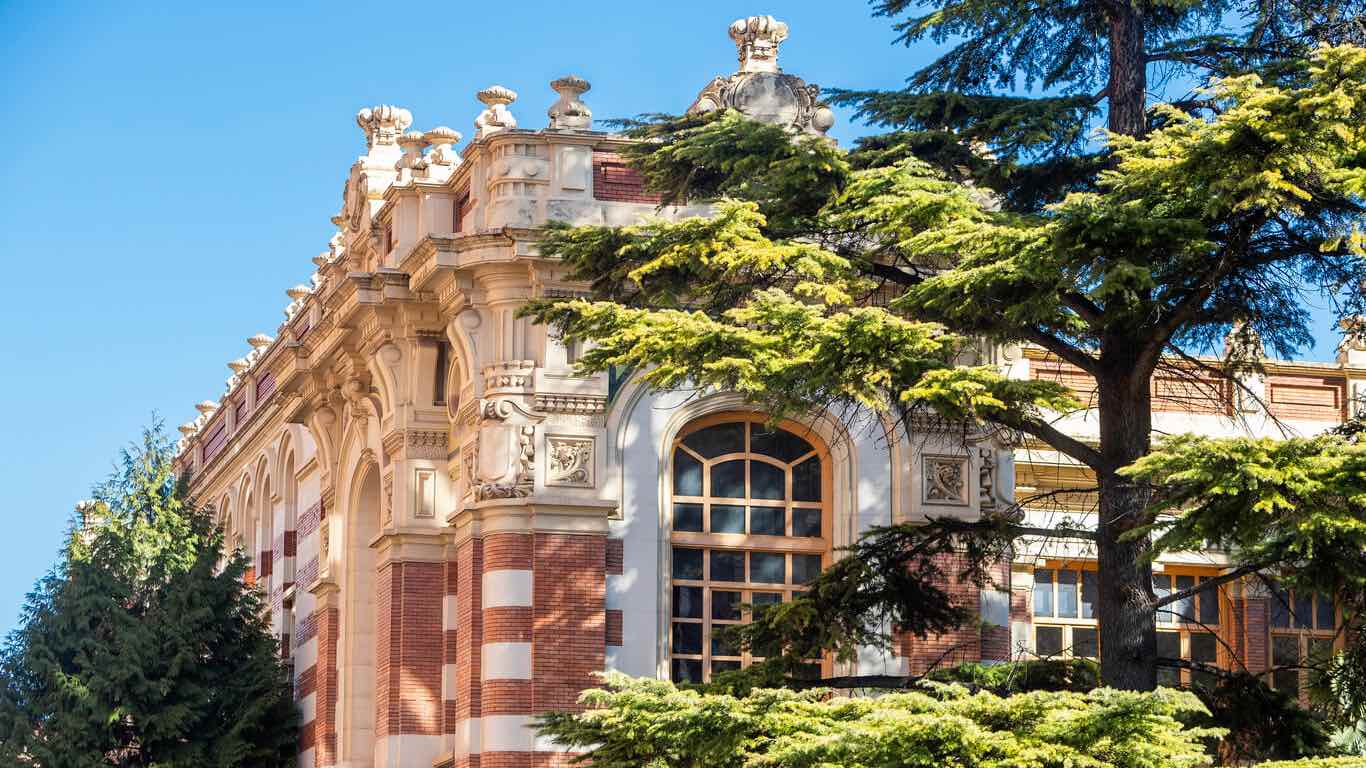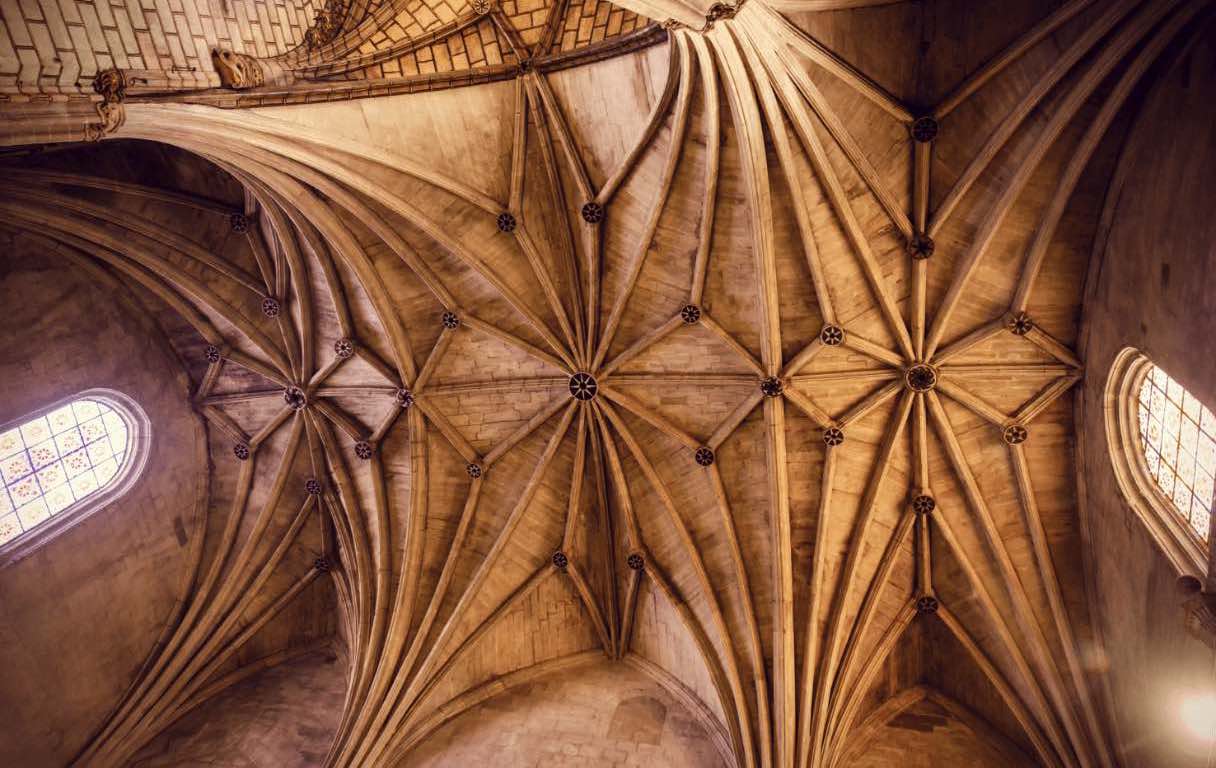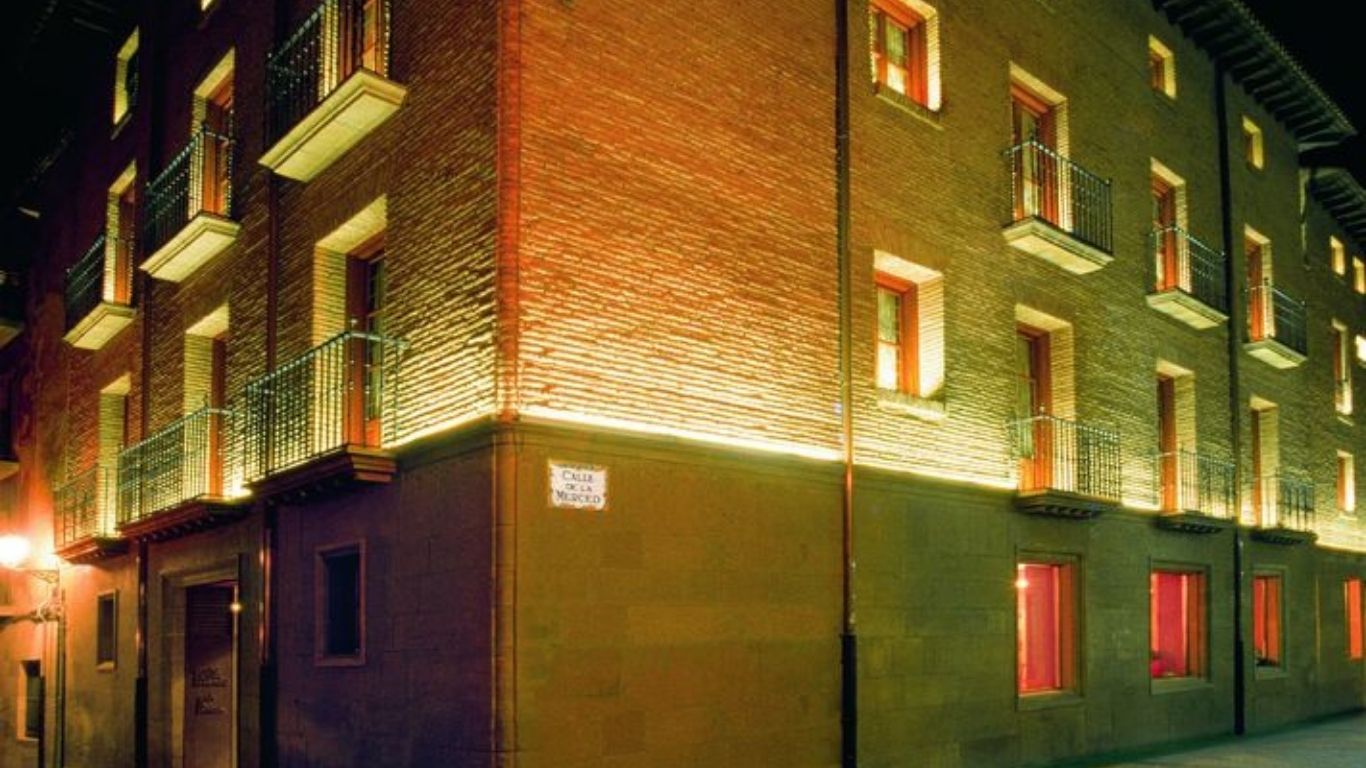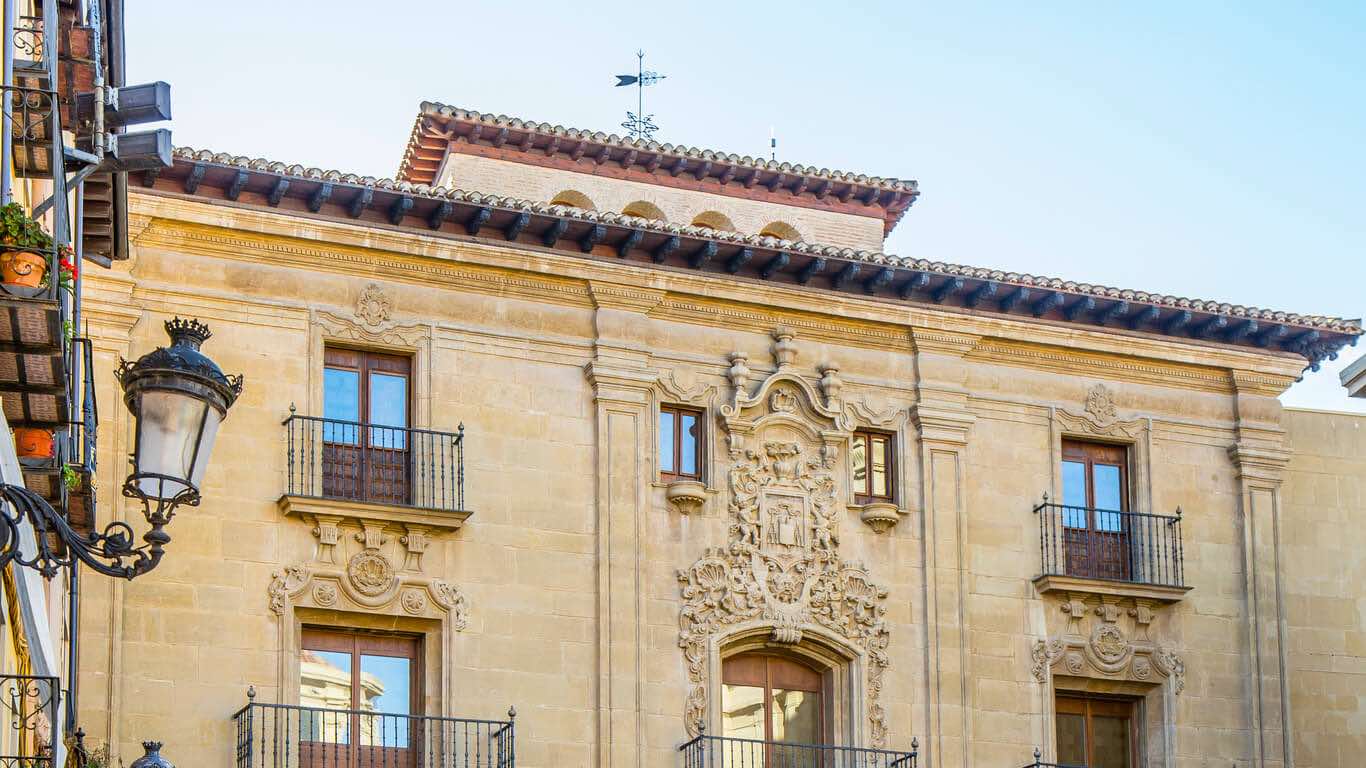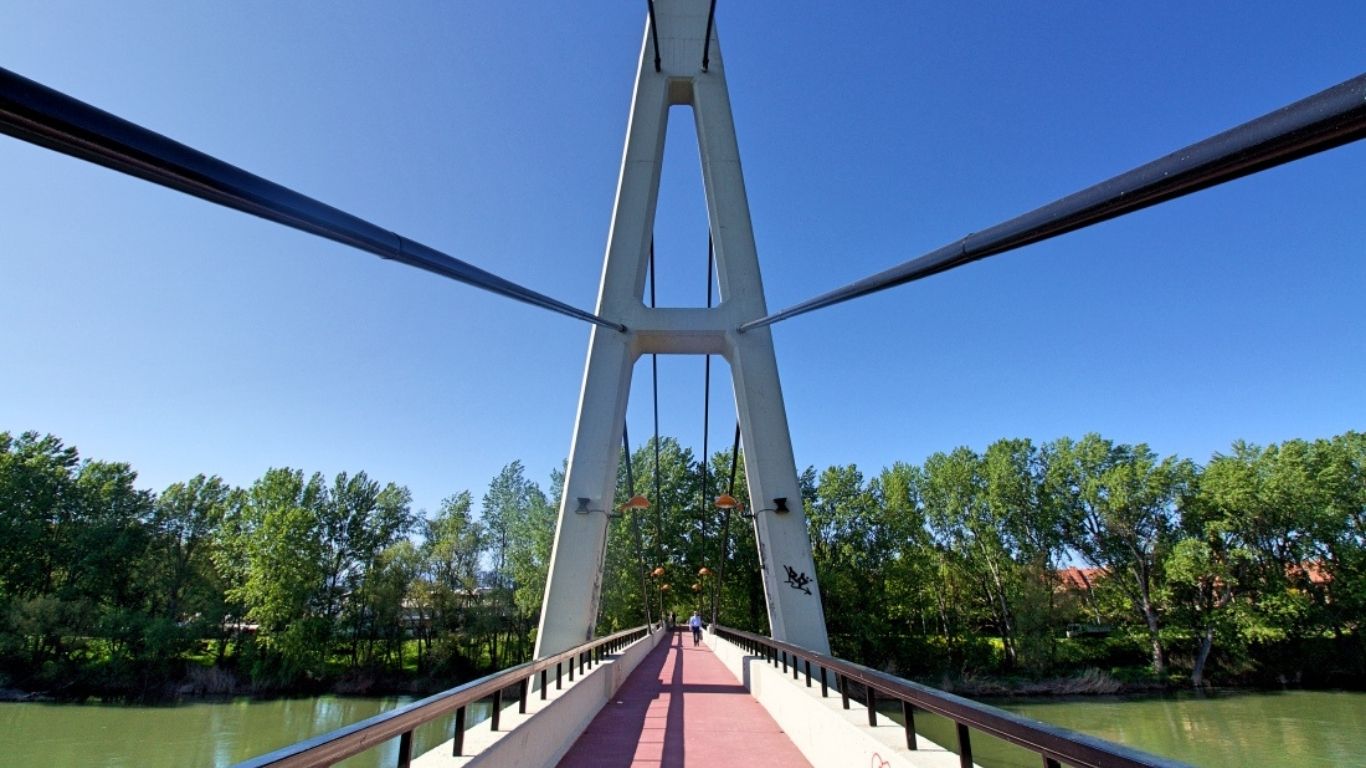What to see?
Bodegas Valoria is located just five kilometers from the center of Logroño, on the Camino de Santiago and very close to the La Grajera Natural Park and the Institutional Winery of the Autonomous Community of La Rioja.
In Logroño you can visit the cellars that since the Middle Ages and the Renaissance have been used for the production and aging of wine.
The old Palace of the Marqués de Legarda (built in the 18th century, although it probably already existed in the 16th century) is today the seat of the Official College of Architects of La Rioja.
Known familiarly to the people of Logroño as the “Electra building” on Sagasta street this building was projected at the end of the 19th century to house the Electra de Recajo in 1896 (hence its name).
The calados are the old underground cellars that, together with wine presses and other wine infrastructures, were common in old town Logroño since the 16th century.
The Casa de la Danza is located in the Old Quarter of Logroño, on Calle Ruavieja, with access from Calle de San Gregorio.
The gradual transformation of Calle Portales probably started in the 15th century.
When the pilgrimages to Santiago began in the 10th century, the cities located on its route took a leap towards modernity.
The House of Image occupies an old building in the historic center of Logroño. It was restored to dedicate it entirely to photography and video.
The building of the House of Journalists, located opposite the Church of San Bartolomé, is the headquarters of the Association of the Press and College of Journalists of La Rioja.
Mateo de Nuevas (Logroño, 1687 – † ¿?) was honorary secretary of the Inquisition in Logroño and his home is located in the Camino de Santiago in Logroño old town center.
The Caja Rioja-Bankia Gran Vía Foundation Center is located in the heart of Logroño, on Gran Vía.
The Ibercaja La Rioja Center is located in a privileged environment in the old town.
The Associated Center of the UNED (distance learning university) in La Rioja is located in the Old Quarter of Logroño, in Calle Barriocepo 34.
Located in the heart of the old town, with the main façade of the church facing the Market Square and two side portals to Caballerías and Portales streets, La Redonda is surely one of the best known images of our city.
The Designation of Origin Rioja was created on June 6, 1925 and is the oldest in Spain.
The Promenade of the Prince of Vergara, known familiarly as Paseo del Espolón (Espolón Square) is the most emblematic square in Logroño.
ESDIR, Higher School of Art and Design La Rioja is an official design teaching center with 130 years of experience.
Santa María de Palacio is one of the four churches in the Old Town of Logroño.
The Camino de Santiago when entering the urban area of Logroño takes us to the Church of Santiago and the Pilgrim’s Fountain, which has so often calmed the thirst of city walkers and peregrinos (pilgrims in Spanish).
The Caja Rioja La Merced Foundation Center is located in the heart of the Old Quarter of Logroño, in the Palace of La Merced.
Between chestnut trees and large plane trees rises the building of the Sagasta Institute, around which the flowerbeds, paths and living spaces that make up the Glorieta del Doctor Zubía follow one another.
The Church of San Bartolomé San Bartolomé is one of the four churches of the Casco Antiguo (old town) and the oldest in the city.
The IES Práxedes Mateo Sagasta building or Sagasta High School, as it is known familiarly by the people of Logroño, islocated near to ESDIR (School of Arts and Design Superior of La Rioja), the first in the Glorieta del Doctor Zubía and the second in Avenida de la Paz, before reaching the City Hall.
La Gota de Leche (Drop of Milk), Center for Youth and Artistic Resources of the City of Logroño, is a multifunctional space created so that young people can create, discover and express their cultural and artistic skills.
La Gran Vía, as the Gran Vía Juan Carlos I avenue is popularly known and abbreviated, it is located bordering the old town, in the center of Logroño, separating the old and modern parts of the city.
Ruavieja Street was important for wine production from the Middle Ages to the 19th century.
The Monte Cantabria facilitates a privileged natural viewpoint over Logroño and the banks of the Ebro.
The Cubo del Revellín and City Walls are the remains of the medieval fortifications of Logroño. The Cubo del Revellín (tower located in the northwestern corner of the old walls) and the west gate are well preserved.
The Museum of La Rioja is located in San Agustín Square in a Baroque building dating from the 18th-century also known as Espartero Palace.
The Würth La Rioja Museum is located located in the El Sequero industrial estate in the town of Agoncillo, fifteen minutes from downtown Logroño.
Known as Palacio de los Chapiteles (Palace of the ‘Chapiteles’ or Spires), this building is located at the beginning of Calle Portales . First notice of its origins dates back to the 16th century and to the Jiménez de Enciso family.
The Palace of the Marquis of Monesterio, which currently houses the main headquarters of the Social Security in Logroño, is an extraordinary example of Renaissance civil architecture in the central Plaza de San Bartolomé.
The Palacio de Juan de Vergara is possibly the oldest residential building in the city.
Riojaforum — Congress Center and Auditorium of La Rioja is a modern building equipped to the smallest detail and at the same time simple and welcoming.
The current headquarters of the Parliament of La Rioja occupies a part of the old Convent of La Merced.
The Ebro Park is the ‘green lung’ of the city. It runs along the right bank of the river with eight kilometers of gardens and an uninterrupted pedestrian route from the El Cubo park to the Iregua park.
The Ebro river is one more avenue in Logroño and life flows between its two banks thanks to the bridges that cross it.
The Práxedes Mateo Sagasta bridge, popularly known as Puente de Sagasta or Logroño’s fourth bridge, is the most recent of the constructions over the Ebro river as it passes through the capital of La Rioja.









